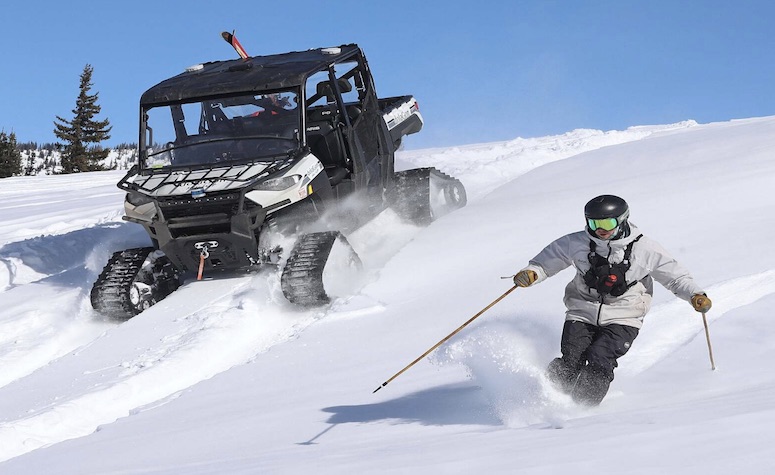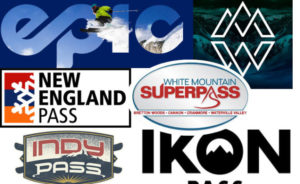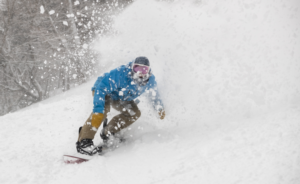
Some of life’s greatest ideas spring forth on chairlifts.
Seth Neubardt’s brightest light bulb moment came five years ago, while enjoying a ride up with his son.
“I said to him, ‘wouldn’t it be great if we had our own mini snow cat that could drive itself down the hill and meet us at the bottom?’” Neubardt said. “I bet we could do this run in 20 minutes round-trip, hit some un-skied territory, and not have to deal with lift lines at all.”
For most of us, that kind of pipe dream idea would quickly be dismissed as impractical. But for Neubardt, a New York-based orthopedic spine surgeon and entrepreneur with 21 patents to his name, the idea turned into an obsession.



